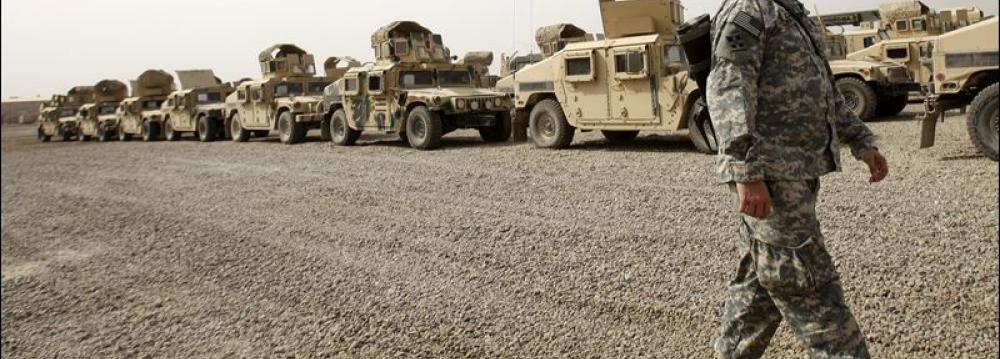Despite recently closing hundreds of bases in Iraq and Afghanistan, the United States still maintains nearly 800 military bases in more than 70 countries and territories abroad, from giant “Little Americas” to small radar facilities.
Britain, France and Russia, by contrast, have about 30 foreign bases combined.
By my calculation, maintaining bases and troops overseas cost $85 billion to $100 billion in fiscal year 2014; the total with bases and troops in warzones is $160 billion to $200 billion, David Vine wrote for Politico.
These costs have heightened debate over whether the US needs so many bases abroad: What effect do they have around the world and are they really making us safer?
The first step is looking at where US bases are and where they are most prevalent. For my forthcoming book, Base Nation, I compiled a near-comprehensive list of overseas US bases, including smaller cooperative security locations (lily pads) and suspected but unconfirmed sites (unconfirmed lily pads).
Mapped all together, this data, which come from the Pentagon’s annual Base Structure Report and additional government, news or academic sources, help to show just how far America’s reach is.
Italy: Hundreds of bases in Europe have closed since the 1990s, but the base and troop (11,500) presence in Italy has been relatively constant. Recently, the military has built new bases and expanded Africa-focused operations in Sicily.
Japan: During the Cold War, US forces occupied hundreds of bases in Japan and the Pacific to surround China and the Soviet Union. Since 1995, anti-base protests have escalated in Okinawa, where there are still more than 30 bases.
Honduras: A “temporary” base has existed since 1982, allowing officials to claim there is no US base in Honduras while circumventing the Honduran Constitution’s prohibition against a permanent foreign troop presence. Some suspect the base’s involvement in a 2009 military coup.
Burkina Faso: A “cooperative security location” in Ouagadougou reflects a new generation of small, clandestine “lily pad” bases appearing in countries with little previous US military presence. At least 11 such bases in Africa host special operations forces, drones and surveillance flights.
Iraq: There were 505 bases at the US occupation’s height, but the Iraqi Parliament rejected the Pentagon’s wish to keep 58 “enduring” bases after the 2011 withdrawal. US forces have occupied at least five bases since 2014 and are considering more installations.
Thailand: The Pentagon rents space at U-Tapao Naval Air Base from a contractor, allowing US and Thai officials to insist there is no US “base” and no inter-governmental basing agreement. The base was a major logistics hub for the Iraq and Afghanistan wars.
Philippines: The Philippines evicted US forces from massive bases in the 1990s. Since 2002, at least 600 US troops have deployed to help Filipino forces combat insurgents from some seven lily pads; 6,000 US troops have operated temporarily under the cover of military exercises.


